I agree with you on this, what is important is the area under the curve.
+++++1 :smile:
I just think it is interesting that of all the header manufacturers, only Spoon and Honda chose to go with a short-primary design. We'll probably never know why.
***AVOID MARKETPLACE SCAMS!!***
Scammers are using compromised Prime member accounts to pose as a trusted seller in the marketplace. Before you enter into a deal with any seller, follow these tips to keep yourself safe. If you encounter one of these scammers, please report them immediately and we will lock their account.
Caveat Emptor!
I agree with you on this, what is important is the area under the curve.
+++++1 :smile:
I just think it is interesting that of all the header manufacturers, only Spoon and Honda chose to go with a short-primary design. We'll probably never know why.
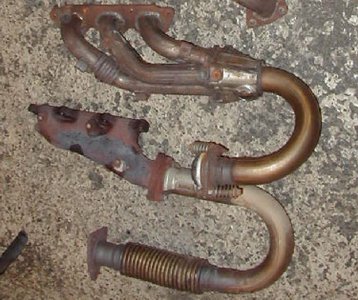
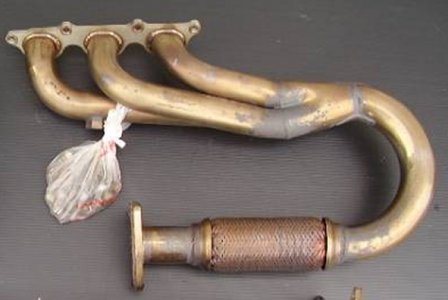
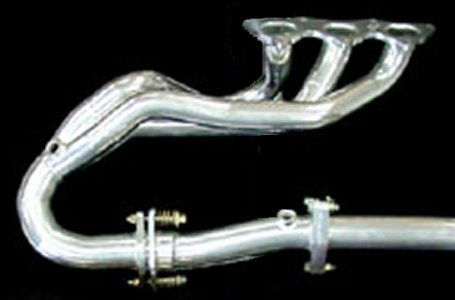
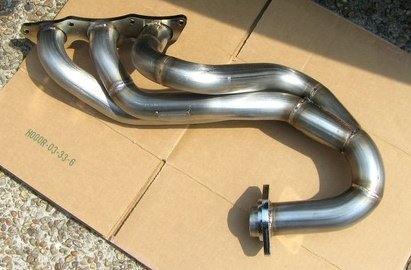
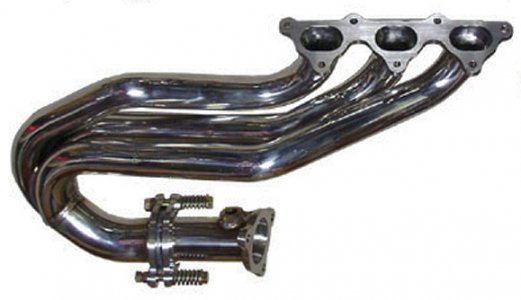
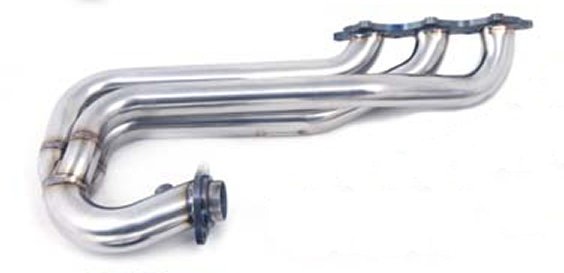
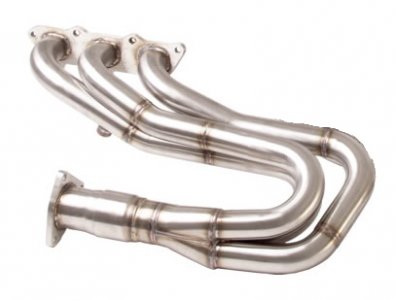
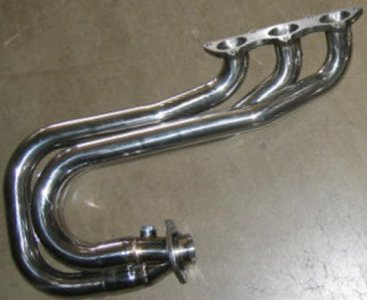
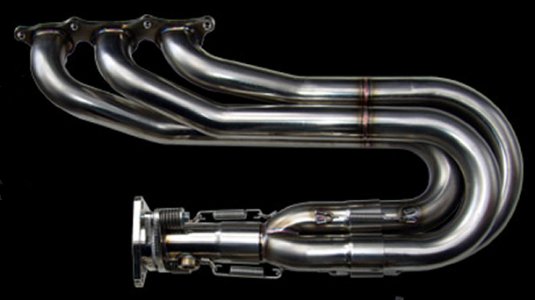
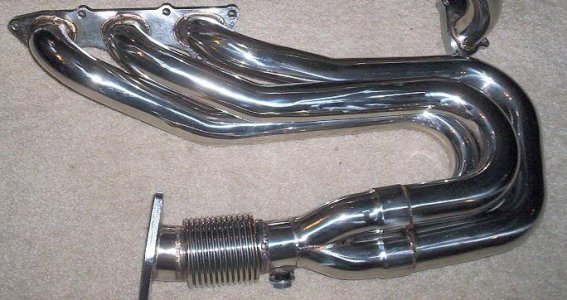
Looking at rear NSX headers, some merge the primary tubes before the 180° bend, some merge in the bend, and some merge after the bend.


Wow. Posts like this are a big reason I'm a Prime member. Great insights, Mac, Ponyboy and greenberet.
If the Fujitsubo is the ideal FI header, doesn't it stand to reason that a header with slightly smaller primaries and collector would be better for NA or stock engines?
In the end, I would just have Burns stainless make mine up with the dimensions I provide.
However, now Lovefab is making some awesome headers (I especially like the collectors) and are willing to customize them for specific applications. The prices from the link they posted is reasonable too for such a quality product.
I think Fujitsubo took the best approach and didn't make any compromises when it came to performance.
We have been building and testing headers for the NSX over the past 18 months and have shown significant gains over other aftermarket headers in High HP applications(think SC and turbo).
Burns Stainless has a computer model design program that takes into account the engine's intended use, displacement, and rpm range and spits out the ideal:
- primary length
- primary diameter
- collector diameter
- primary entry diameter
- primary entry angle
- collector outlet diameter
- collector length
Burns Stainless has a computer model design program that takes into account the engine's intended use, displacement, and rpm range and spits out the ideal:
- primary length
- primary diameter
- collector diameter
- primary entry diameter
- primary entry angle
- collector outlet diameter
- collector length
I'm sure HyTech and SMS have their own proprietary versions of this type of program as well. HyTech would, of course, add in their reversion chamber. In fact, I think Burns will custom design a set of headers and let you, or someone else, fab them up.
We threw convention out the window for the best gains possible.
We can build adapter pipes with Cats included, or an exhaust to bolt to the headers with cat's built in. Stock cats will not work.
Thanks Mac Attack! We have worked very hard on these headers and have had nothing but great results!!!
I may be playing with a Titanium set in the coming weeks, I'm trying to decide if I want to drop the coin on materials.
Burns Stainless has a computer model design program that takes into account the engine's intended use, displacement, and rpm range and spits out the ideal:
- primary length
- primary diameter
- collector diameter
- primary entry diameter
- primary entry angle
- collector outlet diameter
- collector length
I'm sure HyTech and SMS have their own proprietary versions of this type of program as well. HyTech would, of course, add in their reversion chamber. In fact, I think Burns will custom design a set of headers and let you, or someone else, fab them up.
LOL... could be related to Burns Stainless has an engine dyno.... That company has there sh*t together for sure.
Besides those inputs, you have to know the camshaft specs too.
Also, you don't need a proprietary computer program - the formulas are simple and available for free on the net if you google it.
But make no mistake, the proprietary software that an exhaust manifold company uses versuses what one finds for free on the interweb is not an apple-to-apple comparision.
I'm sure there'll be some type of fine tuning needed.
It's simple physics, found in every exhaust theory textbook.
Actually, they are...
My main point is to try and dispel some myth that exhaust theory and any proprietary codes are special black magic boxes.
The diameter of the primaries should be set to achieve a certain flow velocity at the rpm where you want to maximize torque. The flow velocity is determined by the volume of the exhaust gases, the time the cylinder has to evacuate them, and the diameter of the primary tubes. The steepness of the camshaft flanks impacts what volume of gases can leave the cylinder when. However, that’s not an input in the Burns sheet. Also, what rpm your intake manifold resonates at impacts the amount of air entering the cylinder and therefore exhausting through the header and that variable is also not considered.
LoveFab headers look very meaty compared to the Cantrell header. As for the Spoon headers, 10hrs till the auction ends on Yahoo Japan Auction! Someone get it and show us some #'s!
